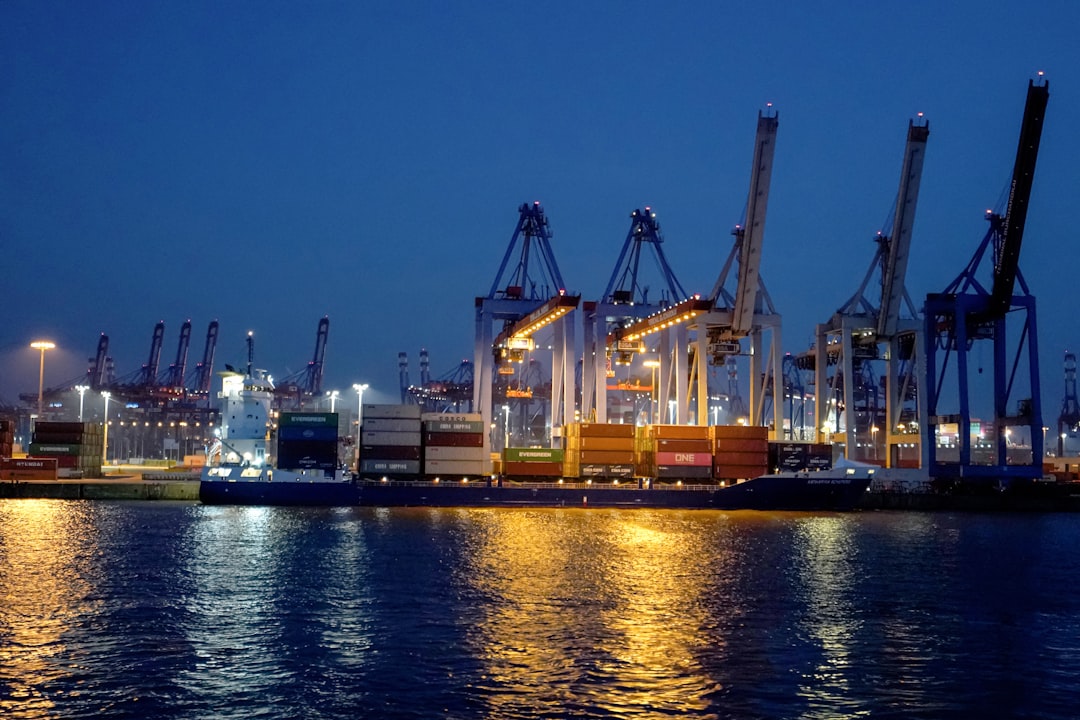In today’s interconnected world, businesses of all sizes rely on efficient and reliable logistics to succeed. The complexities of international trade – from navigating customs regulations to managing transportation across continents – demand a sophisticated approach. This is where global logistics partner networks come into play. These networks are crucial for optimizing supply chains, mitigating risks, and ultimately driving business growth. This post will explore the key aspects of these powerful networks.
1. The Building Blocks of a Robust Global Logistics Partner Network
A successful global logistics partner network isn’t built overnight. It requires careful planning and strategic selection of partners. Key components include:
- Freight Forwarders: These are the backbone of international shipping, managing the movement of goods across borders. They handle documentation, customs clearance, and often consolidate shipments for greater efficiency.
- Customs Brokers: Specialized in navigating the complex regulations of international trade, customs brokers ensure smooth passage of goods through customs checkpoints, minimizing delays and penalties.
- 3PL Providers (Third-Party Logistics): These companies offer a comprehensive range of logistics services, including warehousing, transportation management, and inventory control. They can provide significant scalability and flexibility.
- Technology Providers: Software and technology solutions are essential for real-time tracking, visibility, and data analysis. This enables proactive management of the supply chain and informed decision-making.
- Local Partners: Having reliable partners in key markets is crucial for handling last-mile delivery, understanding local regulations, and managing cultural nuances.
2. Optimizing Supply Chain Efficiency through Network Collaboration
Global logistics partner networks are designed to optimize the entire supply chain. By collaborating with specialized partners, businesses can:
- Reduce Transportation Costs: Consolidation of shipments and optimized routing through strategic partnerships can significantly reduce transportation expenses.
- Improve Delivery Times: Efficient coordination between partners minimizes delays and ensures timely delivery to customers, enhancing customer satisfaction.
- Enhance Inventory Management: Real-time visibility and data sharing across the network allow for better inventory control, reducing storage costs and minimizing stockouts.
- Increase Scalability and Flexibility: Partner networks offer the ability to quickly scale operations up or down based on demand, providing greater flexibility to adapt to market changes.
- Streamline Documentation and Compliance: Partners handle complex documentation and regulatory requirements, reducing administrative burden and ensuring compliance.
3. Mitigating Risks and Ensuring Supply Chain Resilience
Global supply chains face numerous risks, including geopolitical instability, natural disasters, and disruptions to transportation networks. A well-structured partner network helps mitigate these risks by:
- Diversification of Suppliers and Routes: Working with multiple partners and utilizing diverse transportation routes reduces reliance on single points of failure.
- Risk Assessment and Contingency Planning: Proactive risk assessment and the development of contingency plans help businesses prepare for and respond effectively to disruptions.
- Improved Visibility and Tracking: Real-time tracking of shipments allows for early identification of potential problems and enables proactive intervention.
- Insurance and Liability Management: Partners can help businesses secure appropriate insurance coverage and manage liability associated with international shipments.
- Crisis Management Expertise: Experienced partners can provide valuable expertise in managing crises and resolving unexpected challenges.
4. Leveraging Technology for Enhanced Network Visibility and Control
Technology plays a vital role in modern global logistics partner networks. Advanced technologies such as:
- Transportation Management Systems (TMS): These systems provide real-time visibility into shipment status, track performance, and optimize routing.
- Warehouse Management Systems (WMS): These systems manage inventory levels, track goods within warehouses, and optimize warehouse operations.
- Blockchain Technology: Blockchain can enhance transparency and security by providing immutable records of transactions and shipments.
- Internet of Things (IoT): IoT devices can track shipments in real-time, providing granular data on location, temperature, and other critical parameters.
- Artificial Intelligence (AI): AI can be used to predict potential disruptions, optimize routes, and improve decision-making throughout the supply chain.
These technologies enable better communication, collaboration, and data-driven decision-making within the network.
5. Choosing the Right Global Logistics Partners: A Strategic Approach
Selecting the right global logistics partners is a critical strategic decision. Key considerations include:
- Financial Stability and Reputation: Choose partners with a proven track record and strong financial standing.
- Expertise and Specialization: Select partners with expertise in your specific industry and geographic regions.
- Technology Capabilities: Ensure partners utilize advanced technologies to provide real-time visibility and data-driven insights.
- Customer Service and Communication: Effective communication and responsive customer service are essential for a smooth partnership.
- Compliance and Regulatory Knowledge: Partners should have a deep understanding of international trade regulations and compliance requirements.
Thorough due diligence and a clear understanding of your business needs are crucial for selecting the optimal partners for your global logistics network.
Building a robust global logistics partner network is an investment that pays significant dividends. By leveraging the expertise and resources of specialized partners, businesses can optimize their supply chains, mitigate risks, and achieve greater success in the global marketplace.
Tags: Global Logistics, Logistics Partner Network, Supply Chain Management, International Shipping, Third-Party Logistics (3PL)




